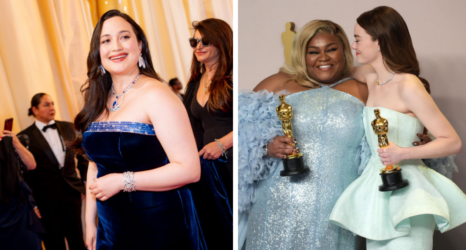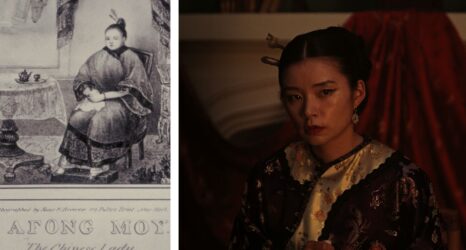The Los Angeles Women’s International Film Festival (LAWIFF) hosted nearly two dozen films created by and about women this weekend. Now over a decade running, the festival’s mission has a revived meaning in the new political climate.
"It's important to share stories that celebrate diversity. We need to reflect our world in our art." @salma_khan #LAWomensFest 🎬 pic.twitter.com/sJmNsloDgL
— MYX News (@myxnews) March 25, 2017
The Los Angeles festival, organized by the Alliance of Women Filmmakers, was specifically curated to include movies about women’s topics. Included among them were Raising Ms. President, a documentary fostering aspirations of political leadership for girls; Women Like Us, which centers the philanthropic efforts of women; a documentary retelling African American women’s roles in the Civil Rights Movement; a piece called After Auschwitz: The Stories of Six Women; a handful of feature length fictional stories with leading female protagonists and an emotionally-charged, extremely relevant film called Jackson about the only abortion clinic in Mississippi.
One dollar of every ticket sold to the fest was donated to an all women and girl mentorship program in Los Angeles called WriteGirl, who’s goal is also to combat the 810:1 student to counselor ratio in the city.
The new administration’s hostility towards women—as exemplified with the emergence of the president’s pussy-grabbing comments and exacerbated by the recent notable absence of women at the House Freedom Caucus healthcare discussion—leaves feminists fulminating women’s obvious absence from important conversations in every realm. Unfortunately, research shows film and film festivals are no exception.
In 2016, hardly eight percent of the top 250 films were directed by women. That year, the number of female directors, writers, producers, executive producers, editors and cinematographers actually declined by two percent from 2015—matching the same statistic from 1998. The scope of the top 500 films of 2016 does improve women’s representation—but the numbers worsen as the list shortens. Women accounted for seven percent of cinematographers working on the top 500 films of 2016, compared with five percent on the top 250 and three percent on the top 100 films.
Although there is a general lack of progress in increasing the number of women in leadership roles in film, women’s films fair slightly better in gaining traction at festivals despite still lagging heavily behind the number of male directed films selected to be featured alongside them. An average of five feature films directed by women make it into festival line ups—compared to an average of 18 by men. 8 women-directed documentaries were shown, on average, per festival—compared to 16 per festival by men.
Festivals like LAWIFF are extremely important because they combat dismal statistics while highlighting films with women-centered content. “It is more important than ever for women to feel they have a voice,” said festival curator Diana Means. “I’m happy to provide a platform for women to use media to reflect women’s issues in the forefront.”





